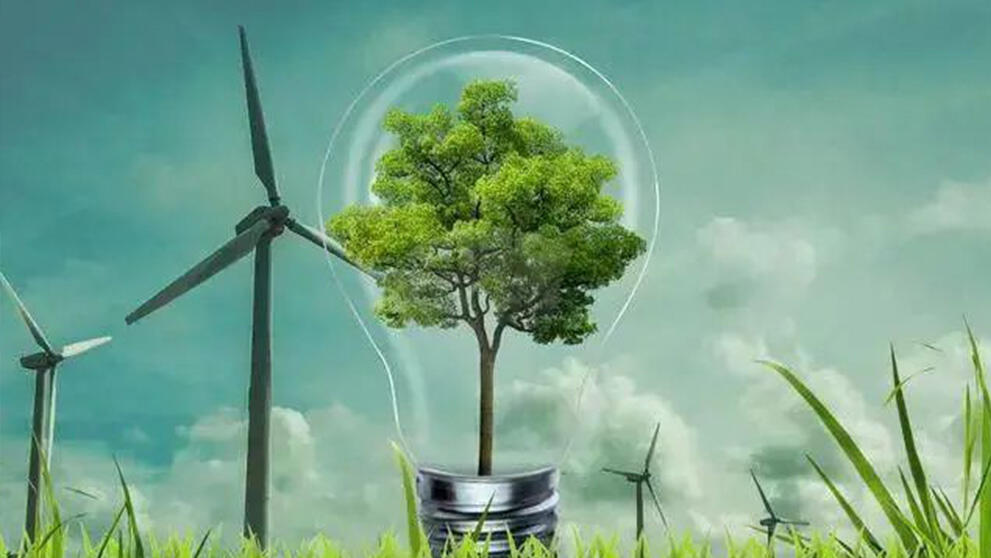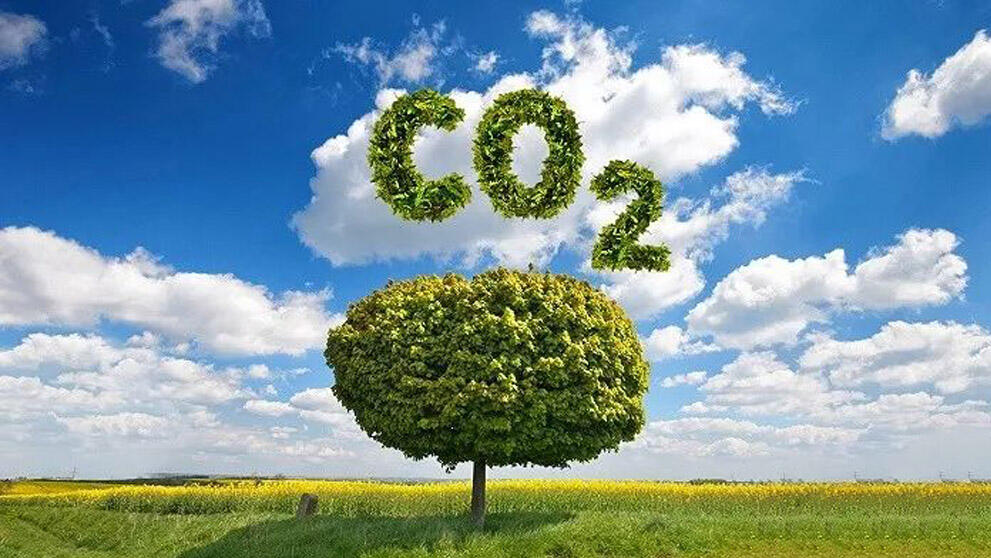Empowering Carbon Neutrality: Harmonizing Human and Nature Coexistence
Since the birth of Earth Day on April 22, 1970, widespread global advocacy activities have played a crucial role in promoting human environmental awareness and conscientious action. Environmental awareness among people has evolved from initial exploration and confusion to becoming increasingly clear and firm. Today, on the 52nd World Earth Day, under the overarching theme of "Cherishing Earth: Harmonizing Human and Nature Coexistence," one of the key "keywords" of the new era—carbon neutrality—is explicitly highlighted.
At the core of carbon neutrality lies humanity's adoption of various measures to "reduce emissions" and "increase sinks" to achieve a balance of sources and sinks within national territories. Carbon neutrality aims to curb greenhouse gases, with the looming threat of global climate change posing a significant catastrophic challenge to Earth's life safety. Since the Industrial Revolution, human activities have resulted in excessive greenhouse gas emissions, with atmospheric carbon dioxide levels approximately 45% higher than they were 150 years ago, and the rate of increase alarming. Experts warn that once the temperature rise exceeds the 2-degree Celsius safety threshold, irreversible damage to crucial ecosystems such as polar regions and oceans will occur. The chain reaction includes rapid deterioration of biodiversity, increased frequency and intensity of extreme weather events, and profound impacts on food security, public health, economic growth, and social stability. From the Kyoto Protocol in 1997, which set standards for countries' carbon dioxide emissions, to the Delhi Declaration in 2002 emphasizing that climate change must be addressed within the framework of sustainable development, and to the Climate Ambition Summit in December 2020, where UN Secretary-General Guterres called on world leaders to declare their countries in a "climate emergency" until achieving carbon neutrality. Humanity has evidently fully recognized the relationship between humans and nature, actively adjusting its development path.
Achieving carbon neutrality is a necessary step in mitigating global climate change. Many countries have explicitly stated their carbon neutrality goals through laws, policies, and declarations. In September 2020, China made a solemn commitment to the world with a responsible attitude, pledging to peak carbon dioxide emissions by 2030 and achieve carbon neutrality by 2060. It also called for global economic entities to jointly promote a "green recovery" of the world economy through cooperation and dialogue. On March 15th this year, General Secretary Xi Jinping emphasized once again at the Ninth Meeting of the Central Finance and Economic Committee that achieving carbon peaking and carbon neutrality requires a broad and profound systemic change in the economic and social systems and must be integrated into the overall layout of ecological civilization construction.
Achieving carbon neutrality is crucially about fundamentally reducing carbon emissions. This also means the need to reshape the development mode of the entire economy and society, whether in production or consumption, with low carbon as a prerequisite. On the one hand, there is a need for energy decarbonization. Vigorous development of new energy sources such as wind energy, solar energy, geothermal energy, hydrogen energy, tidal energy, and biomass energy, while reducing the use of high-polluting fossil fuels such as coal and oil, to achieve low-carbon and decarbonization of the energy system. On the other hand, there is a need for industrial decarbonization. Industries need to re-plan and restructure, abandoning the previous development path that relied too much on consuming natural resources and emitting too much carbon, and embark on a new path of green, low-carbon, and circular development.
Achieving carbon neutrality requires increasing carbon sequestration through optimizing natural resource management and land-use governance. Forests, grasslands, oceans, soils, wetlands, and karst geological bodies in nature are all huge carbon sinks, and restoring and enhancing their carbon sequestration capacity is crucial. This also requires people to deepen their understanding and understanding of the "community of life" from the perspective of the Earth system, coordinate natural resource management and mountain-water-forest-field-lake-grass system governance, and return carbon dioxide to the biosphere, lithosphere, hydrosphere, and soil sphere. At the same time, adopting artificial methods to capture, fix, store, or utilize carbon dioxide from the atmosphere to achieve significant reductions in carbon circulation. It is gratifying that China's carbon dioxide geological storage has overcome technical challenges such as drilling, injection, sampling, and monitoring and formed a relatively mature engineering technology. The deep saline aquifers, depleted oil and gas reservoirs, and unminable coal seams in China's terrestrial and shallow marine sedimentary basins have huge space potential for underground carbon dioxide storage.
Achieving carbon neutrality requires continuous improvement in technological capabilities. Today, comprehensive monitoring and evaluation technologies, including satellite carbon monitoring, have made tremendous progress in accuracy and application of artificial intelligence, providing enormous development space for carbon neutrality, and more new technologies are making it possible to turn carbon dioxide into treasure.
The Earth is a vast ecosystem. We look forward to starting from carbon neutrality, promoting "Cherishing Earth: Harmonizing Human and Nature Coexistence" as a social consensus and a new code of conduct. The Earth is the only home of humanity, and we must embark on the road of "respecting nature, conforming to nature, and protecting nature."



 EN
EN
 FR
FR
 DE
DE
 IT
IT
 AR
AR
 HR
HR
 DA
DA
 NL
NL
 FI
FI
 HI
HI
 JA
JA
 KO
KO
 PT
PT
 RU
RU
 ES
ES
 SV
SV
 TL
TL
 IW
IW
 ID
ID
 SR
SR
 UK
UK
 VI
VI
 HU
HU
 TH
TH
 TR
TR
 FA
FA
 AF
AF
 MS
MS
 GA
GA
 CY
CY
 AZ
AZ
 BN
BN
 KM
KM
 LO
LO
 LA
LA
 MR
MR
 NE
NE
 MY
MY
 KK
KK
 UZ
UZ
